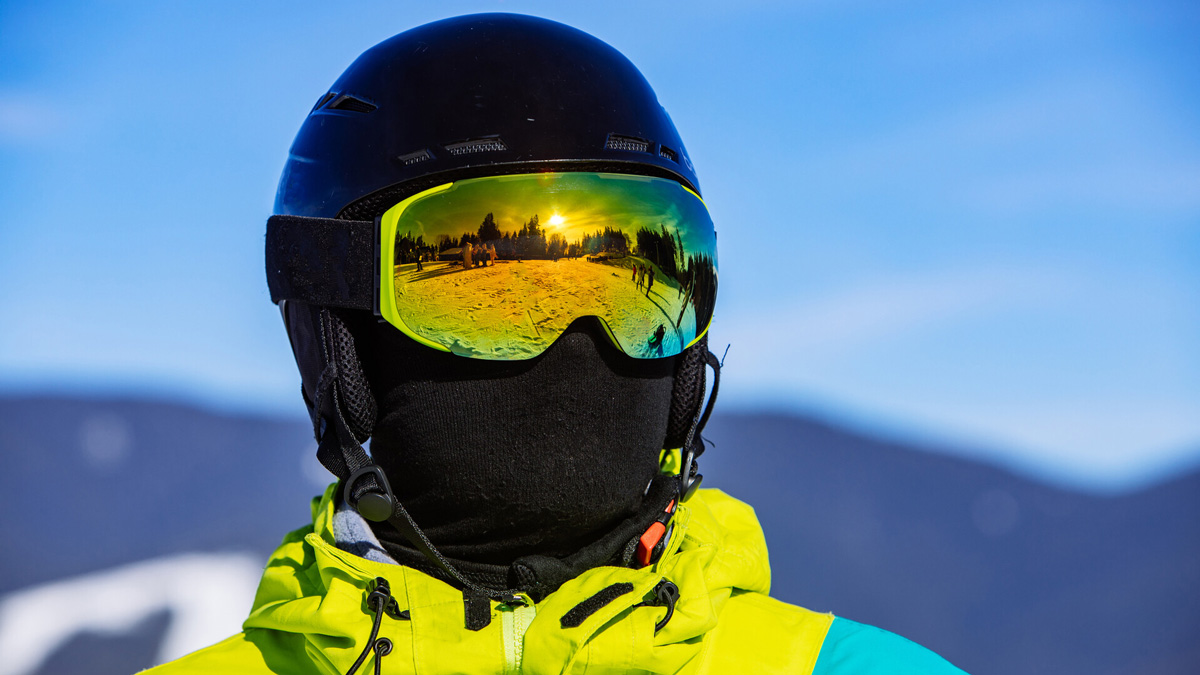Choosing Skiing Goggles
Skiing goggles are a multi-functional protective accessory for every skier. They are not only about vision enhancement in case of intense sunlight, snowfall, or a fog so dense you can’t see the tips of your feet. They provide protection from the cold, protect your eyes from injury and even allow you to safely wear your prescription glasses on the slopes. At first glance you might say that all skiing goggles look the same. In reality, however, they differ in more ways than just in design. A useful feature is ventilation, which prevents fogging up inside of the goggles. If you invest into premium quality goggles, you can expect sophisticated padding of the frames or higher durability and resistance to scratching.
Lenses are the most important parts of goggles
Top-quality lenses with the right optical features are the foundation of every pair of good ski goggles. To enter the market, ski goggles have to comply with safety standard by offering 100% UV protection. Goggles serve not only as a protection of your eyeballs, but also filter light transmission.

Lenses can be divided into three categories:
- lenses which let through the whole spectrum of colours and don’t filter any colour
- lenses which filters out blue light transmission and instead strengthens green, yellow, and red
- lenses which block out blue light completely
Yellow, orange or pink tinted lenses improve contrasts and therefore brighten up your vision. In case of intense sunlight however, your eyes will soon feel tired. Darker lenses are suitable for days with clear sky and strong sunlight. Photochromic lenses darken on exposure of light and change colour depending on the light conditions. If the slope leads you continuously through light and shadow, the goggles won’t have enough time to react on these quick changes. The most important aspect when choosing ski goggles is individual sensitivity to light and colours.
